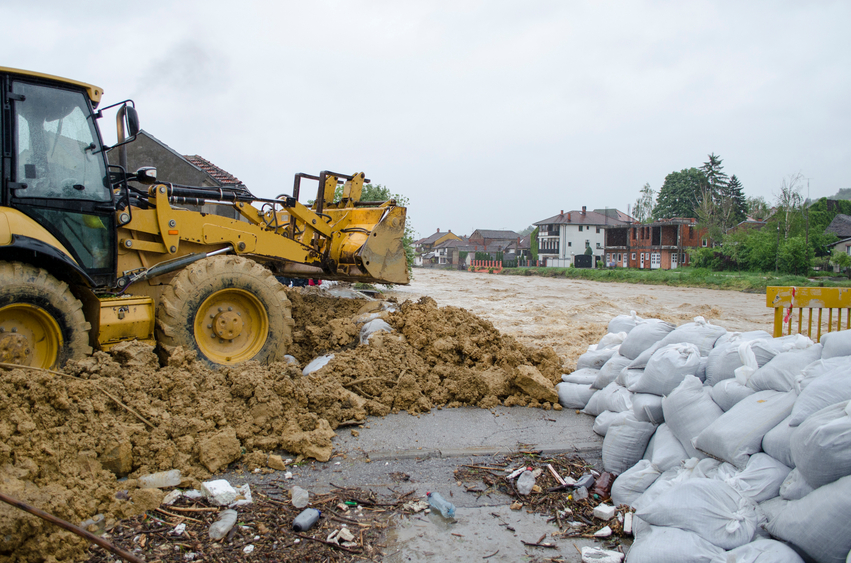Avoiding the Corrosion of Connectors and Fasteners in the Construction of Coastal Structures

This online engineering PDH course offers an in-depth exploration of the importance of using corrosion-resistant metal connectors and fasteners in the construction of coastal structures, areas using preservative-treated lumber, and any locations subject to contact with floodwater or windblown rain.
Post-disaster assessments of wood-framed buildings following natural hazard events such as high winds, floods, and earthquakes have revealed that structural failures frequently occur at connections rather than in framing members. In coastal areas, where higher moisture and humidity levels exist and buildings are exposed to salt spray, corroded metal connectors and fasteners have been observed to contribute to the loss of an adequate load path. The loss of an adequate load often results in damage to or failure of the structure. This course provides essential guidance on preventing and mitigating the corrosion of connectors and fasteners to maintain structural integrity.
This course addresses a wide range of topics, including the use of corrosion-resistant materials, the impact of preservative-treated wood, the process of galvanization, and how to effectively manage and mitigate corrosion risks in coastal environments. It explores strategies for preventing corrosion, ensuring the integrity of structural connections, and ultimately safeguarding the longevity and safety of coastal buildings.
This 2 PDH online course is applicable to structural and civil engineers and other technical professionals interested in learning more about corrosion protection techniques for metal connectors and fasteners in the construction of coastal structures.
- Understanding the importance of selecting proper connectors and fasteners for a continuous load path, and their corrosion protection, especially for lighter gauge connectors
- Learning about the minimum galvanization levels in connectors, the impact of preservatives in treated wood, and the causes of galvanic corrosion
- Gaining insight into metal connector materials, fabrication processes, and the galvanization method, including standards, codes, and proprietary coatings
- Exploring the factors contributing to corrosion in coastal environments, including exposure classes and the role of corrosion-resistant materials and coatings
- Familiarizing yourself with the best practices for controlling corrosion and recommendations for using corrosion-resistant materials and methods in construction
In this professional engineering CEU course, you need to review the course document titled, “Avoiding the Corrosion of Connectors and Fasteners in the Construction of Coastal Structures”, which is based on the Federal Emergency Management Agency, Publication No. NFIP Technical Bulletin 8, “Corrosion Protection for Metal Connectors and Fasteners in Coastal Areas”.
Upon successful completion of the quiz, print your Certificate of Completion instantly. (Note: if you are paying by check or money order, you will be able to print it after we receive your payment.) For your convenience, we will also email it to you. Please note that you can log in to your account at any time to access and print your Certificate of Completion.